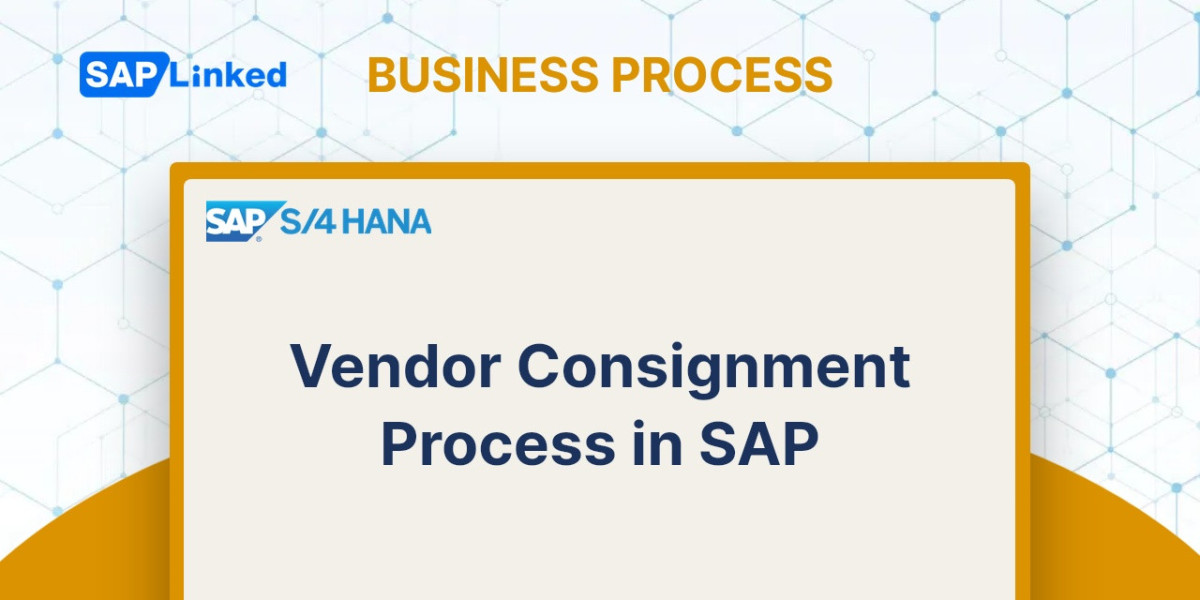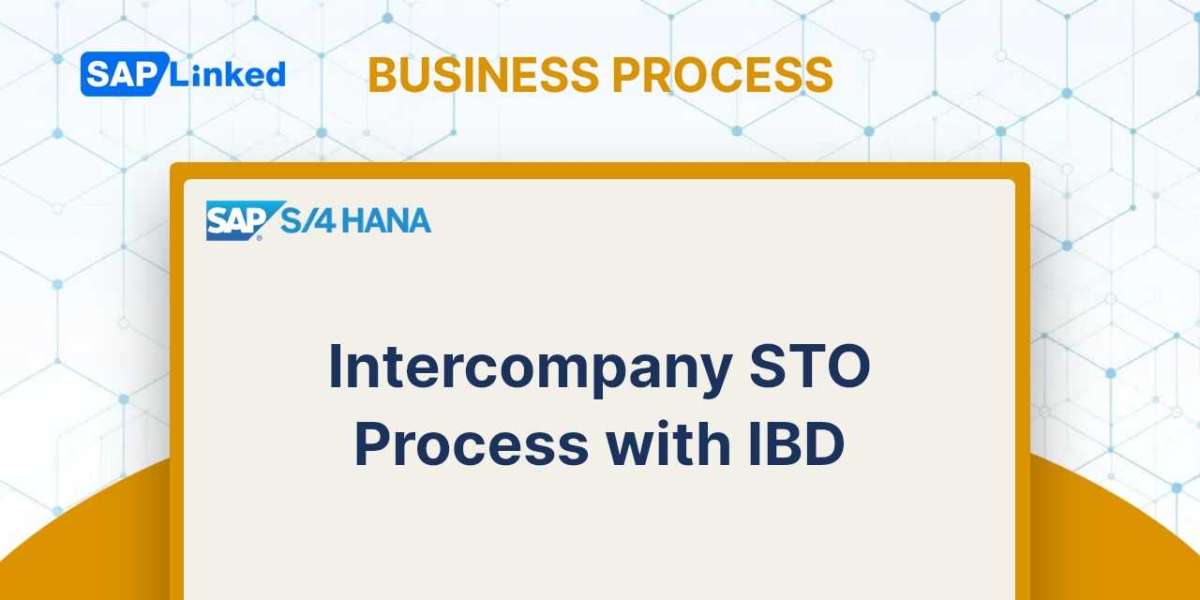In order for the vendor consignment process in SAP to be successful, it is necessary to establish pricing agreements with the vendor. These prices are stored in consignment info records within the SAP system, and can then be automatically transferred to purchase orders.
After maintaining records of consignment information, a consignment purchase order is created in SAP and given to the vendor. The vendor supplies materials to your company based on the purchase order (PO). The company's warehouse receives the materials and stores them as consignment stock in the SAP system.
When materials are needed for processing, they are withdrawn from the warehouse and a liability is created for the vendor. This liability is settled through a special payment process known as the MRKO transaction.
The picture below provides a visual representation of the steps involved in the vendor consignment process in SAP.
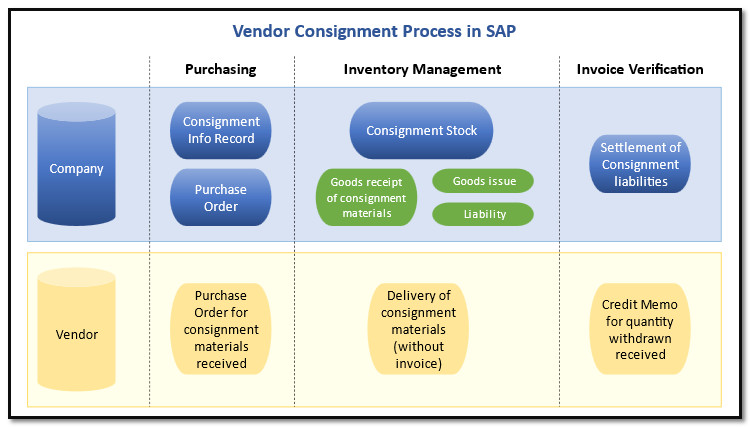
Figure 1 Vendor Consignment Process in SAP Diagram
Steps of Vendor Consignment Process in SAP
- Consignment Info Record
- Message Determination for Invoice Verification
- Purchase Order Creation
- Goods Receipt against a Purchase Order
- Goods Issue of Consignment Stock
- Consignment Settlement
- Consignment Info Record
To create a Consignment Info Record in SAP, you can use transaction ME11.
On the initial screen, you will have to enter Vendor, Material, Purchasing Organization, Plant. Then select info category as consignment, and click Enter.
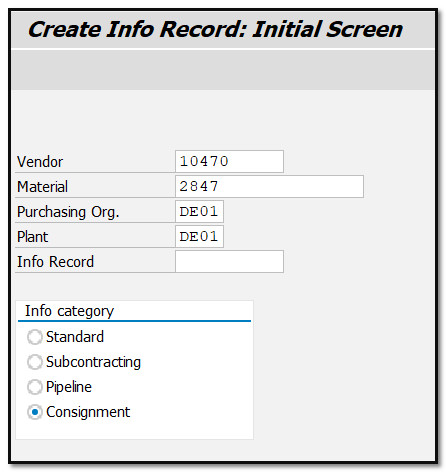
Figure 2 Consignment Info Record Creation – Initial Screen
Enter the price in the highlighted box in the Purchasing Organization view, and other data, if required, then save the info record.
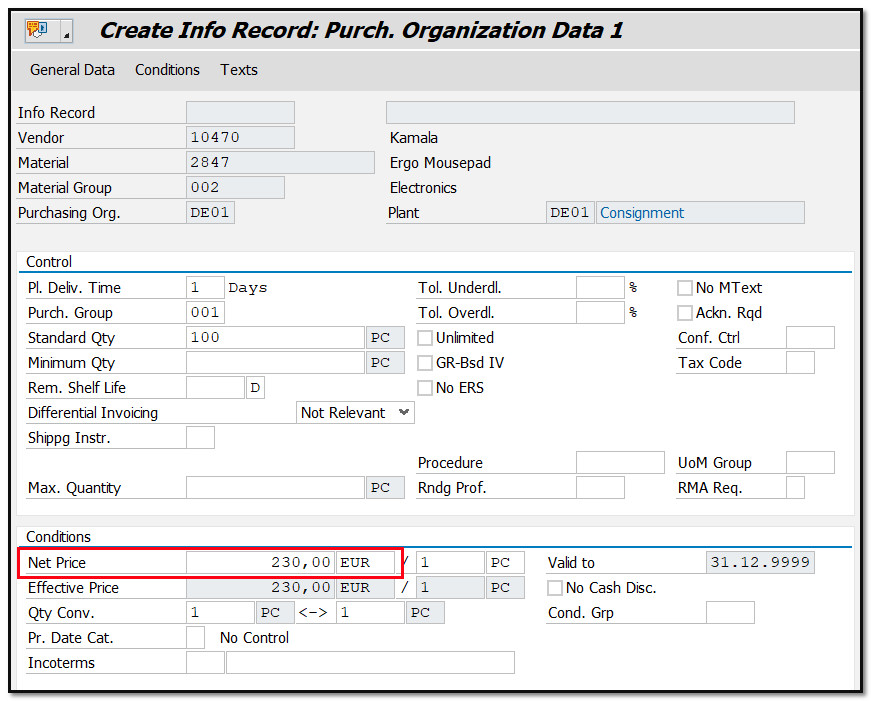
Figure 3 Consignment Info Record Creation – Purchasing Data
- Message Determination for Invoice Verification
To inform the vendor, it is necessary to create a document using the message determination function. If there is no message record found for a partner due to missing message control settings, then no invoice documents will be generated.
In Customizing for Invoice Verification, verify if a condition record is maintained with communication for "KONS" - Output condition, corresponding to access sequences with the key combination of Company code / vendor for MRKO settlement. Go to transaction code MRM3 or use the menu path:
SPRO ➢ Reference IMG ➢ Materials Management ➢ Logistics Invoice Verification ➢ Message Determination ➢ Maintain Conditions ➢ Display Condition: Invoice Verification
Select CoCode, Vendor on the initial screen.

Figure 4 Output Condition Record for Invoice Verification – Access Sequence
Enter the relevant data and click on “Execute”.
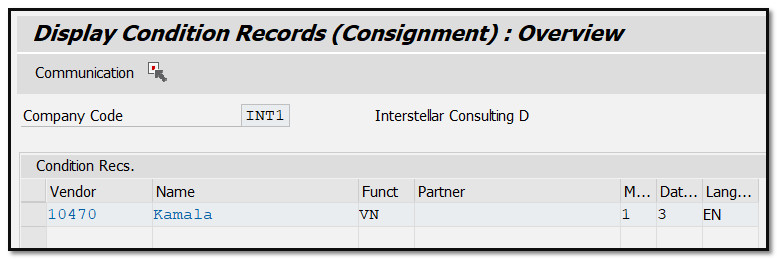
Figure 5 Output Condition Record for Invoice Verification – Selection
The output condition record for consignment should be displayed. If the condition record doesn´t exist for your combination, you need to maintain it using transaction MRM1.
Figure 6 Output Condition Record for Consignment
- Consignment Purchase Order
Once your purchase info record is created, go to transaction ME21N to create a consignment purchase order (PO).
On the new purchase order screen, enter Vendor and under Org. Data tab fill in Purchasing Organization, Purchasing Group, Company Code, as shown below.

Figure 7 Consignment Purchase Order Creation - Organizational Data
Next enter the Item Category: K, Material, Quantity, Plant, and Storage location, then press Enter.

Figure 8 Consignment Purchase Order Creation – Item Data
You can check for errors in the document by clicking on Check button, as highlighted below.

Figure 9 Check Purchase Order for Errors
After clicking the Save button, the SAP system will display a message indicating that a purchase order was created.
- Goods Receipt against a Purchase Order
To perform Goods Receipt against the Purchase Order, the transaction MIGO should be utilized. On the screen below, select Goods Receipt in relation to the Purchase Order and input the corresponding purchase order number. Finally, press the Enter button.

Figure 10 Goods Receipt against a Purchase Order
The SAP system retrieves data from the Purchase Order, and then click on the OK check boxes for all the items.

Figure 11 Goods Receipt - Details
Next, click on the Check button to verify for potential errors.

Figure 12 Check Goods Receipt for Errors
Click on the Post button to save the document and the system will display a message indicating that a material document has been posted.
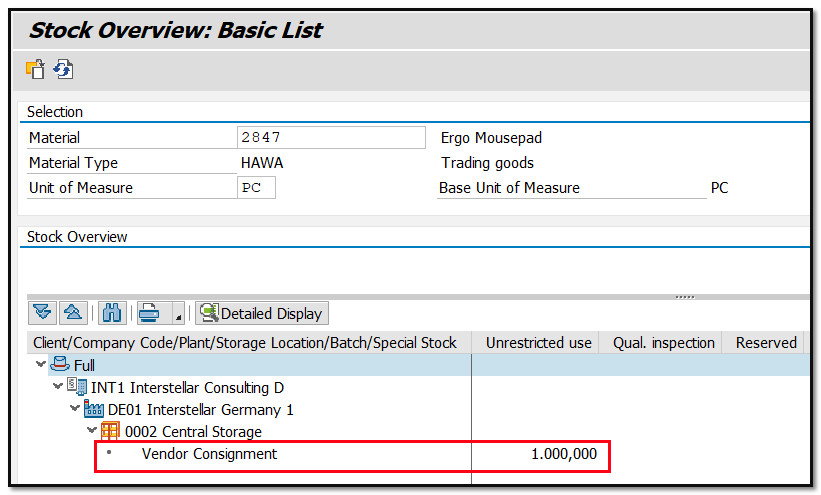
Figure 13 Stock Overview – Vendor Consignment
- Goods Issue of Consignment Stock
To perform Goods Issue, you can use the transaction MIGO and select Goods Issue against Other with the movement type 201 and the special indicator K for consignment, as shown in the screenshot.

Figure 14 Goods Issue against a Cost Center
In the Material tab of the MIGO transaction, input the material number.

Figure 15 Goods Issue - Material Tab in MIGO
Enter the required quantity for issue in the Quantity tab of the MIGO transaction.

Figure 16 Goods Issue - Quantity Tab in MIGO
In the Where tab of the MIGO transaction, input the Plant and Storage Location where you want to issue the materials.

Figure 17 Goods Issue - Where Tab in MIGO
To input the vendor number, go to the Partner tab in the MIGO transaction.

Figure 18 Goods Issue - Partner Tab in MIGO
In the Account Assignment tab of the MIGO transaction, it is necessary to input a cost center in order to allocate the cost of materials to the designated cost center.
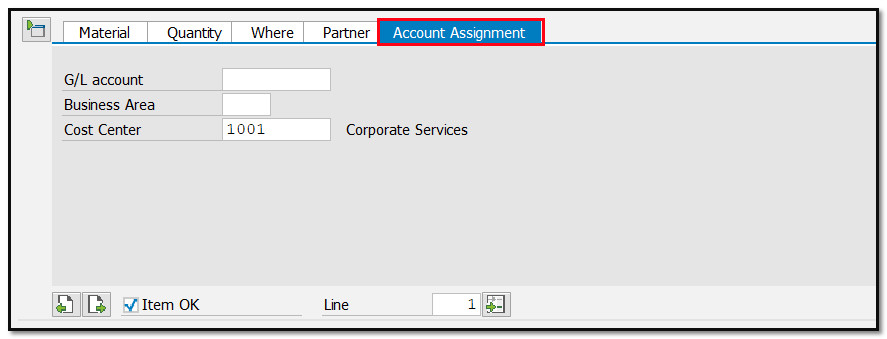
Figure 19 Goods Issue – Account Assignment Tab in MIGO
Please click on the Check button to verify for any potential errors.

Figure 20 Check for Errors with Goods Issue
To save the goods issue document, click on the Post button. The SAP system will then display the number of posted material document.

Figure 21 Stock Overview – Vendor Consignment reduced
- Consignment Settlement
The last step of the vendor consignment process in SAP is to settle the obligations our company has to the supplier. This can be accomplished by using the transaction MRKO to settle any liabilities created against the vendor.
Go to transaction MRKO and on the first screen, enter the company code, plant and material. You can first run this report in display mode, and then select the Settle radio button as indicated in the screenshot below.
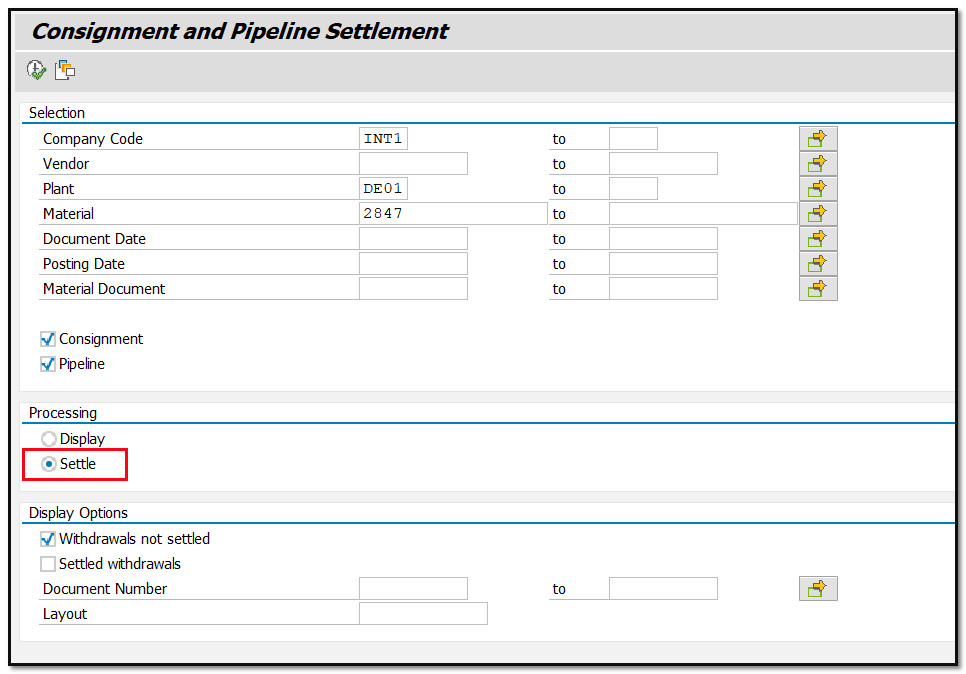
Figure 22 Consignment Settlement
Click on Execute button. The system will display a list of consignment materials that were settled.

Figure 23 Consignment Items for Settlement
Click on the document number highlighted in the previous image to see accounting document.

Figure 24 Accounting Document for Consignment Settlement
If you want to check the message output, go back to the previous screen, select the line and click on Messages. The selection screen will pop up with relevant data, click on Execute.
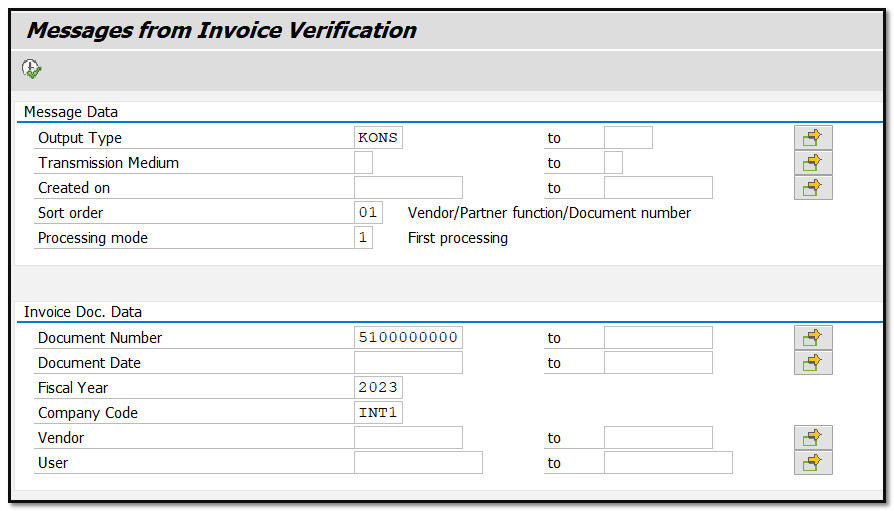
Figure 25 Messages from Invoice Verification – Selection Screen
One message is displayed. You can check the print form by selecting the line and clicking on Print Preview button.

Figure 26 Messages from Invoice Verification
The print form will be shown, like you can see in the image below.

Figure 27 Print form for Invoice Verification
